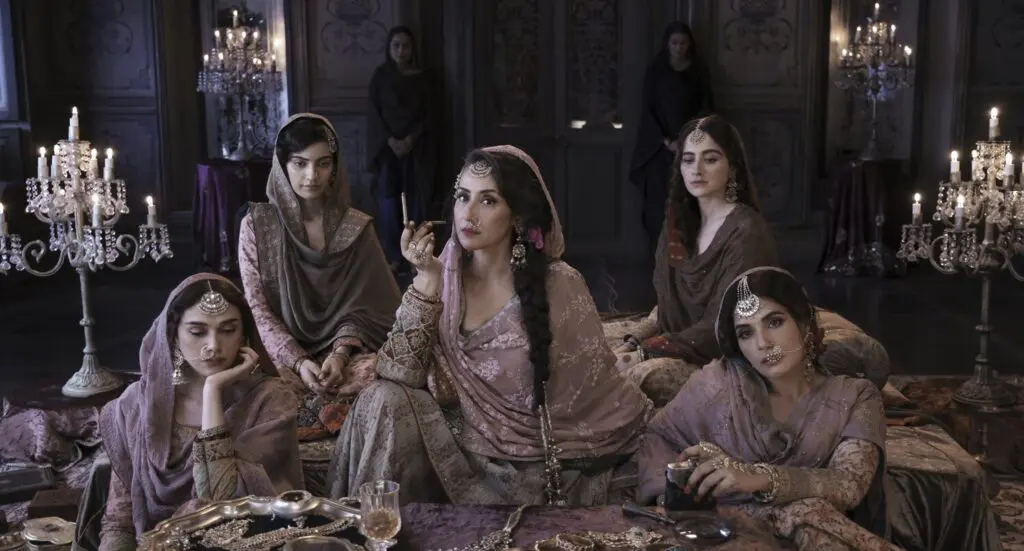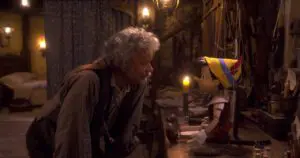Summary
Heeramandi spends too long showing off its creator’s skills, bamboozling around plot points rather than getting to the point.
It’s clear what Sanjay Leela Bhansali’s vision is in Heeramandi: The Diamond Bazaar. Regarded as one of India’s best filmmakers and musical composers, Sanjay wanted to put his creativity for music and aesthetics into a highly produced series. However, it’s possible that transposing his skills for movies into TV was a creative process that got too thick when stirring. It’s a series that becomes far too wounded by its ideas, which is a great shame.
Set in pre-independence India, Heeramandi is based on the real-life story of the tawaif living in the red-light district in Heera Mandi, Lahore. Reigning over the courtesans is Malikajaan, who has the keys to a highly respected brothel, where the women sing beautifully as much as they seduce. Her stubbornness and order over the courtesans is the series’ running theme, and each episode fleshes out the key courtesans in this circle. The show weaves love, tragedy, and betrayal. Each episode often feels far too independent despite the story being linear, which suggests the storyboarding was not exactly well defined.
Circling the series is the looming threat of the revolution against the British Empire. Tensions are rising as factions of the Indian population fight for Independence, which, if you are aware of historical events, was not achieved until 1947. The series mixes the power struggle of Heeramandi with the identity crisis of pre-independent India. It manages to demonstrate the slow bubble of a revolution, with the exchange of ideologies taking place.
But the Netflix series is far too indulgent for my liking. It expects viewers to have a unique understanding of the time period without clear clarification of the story. At the same time, the characters speak in exposition far too much, convoluting the story even more. If a story is meant to be complex, make it so. But the feeling I got is that the series is relatively simple in premise but was made to be far cleverer than it needed to be.
Heeramandi has a lot going for it. The cast, in particular, throws themselves at the script, even if it is overly clunky and wasteful. The production is obviously the mainstay of the series: it’s exhilarating and aesthetically beautiful. There’s no doubt that the series is good for the eyes, but I doubt that it’s worth the eight episodes. There’s then the musical aspect, which, like the aesthetics, is good, but should we expect less from Sanjay Leela Bhansali?
I’m not saying that Heeramandi: The Diamond Bazaar is a waste of time. The halfway point is when the story starts to develop into something greater, and the stakes rise. The love stories become more important, and the past creeps in, becoming a horror for some characters. However, I had to stay with the story to write about it. I do wonder if the average viewer would even bother finishing the series.
I almost feel bad criticizing the TV show as I can see the enormous effort put into the production. I’m sure fans of Sanjay will claim this is his style as a rebuttal to my criticisms. However, there’s a significant difference between eight episodes and a feature-length movie. And since this is his first created series, there’s an argument to be made that he should continue, but this time, maybe have a right-hand man to help reel him in a little.
RELATED:



